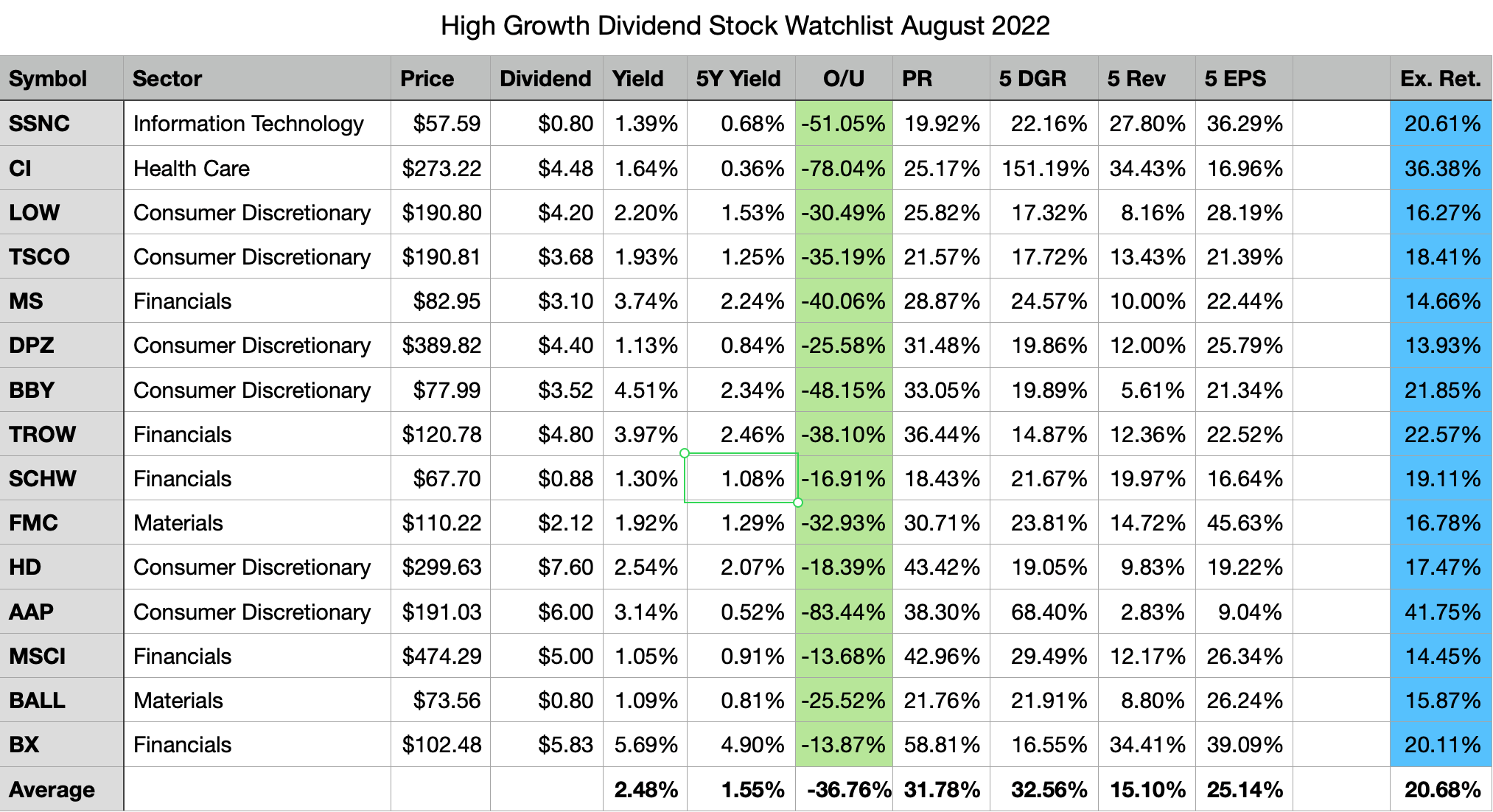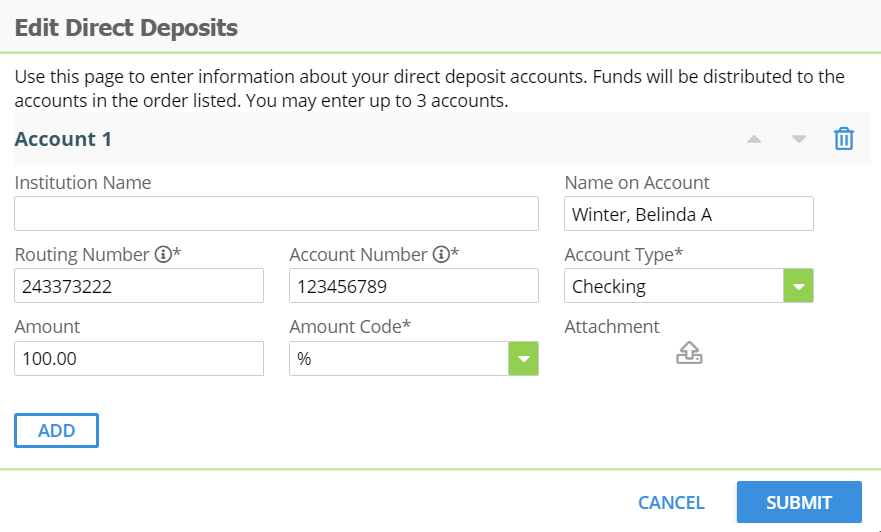
You can find several free investment courses online. Udemy has the Ultimate Stock Marketing course. Some others include Yale Financial Markets 101 by TD Ameritrade and Stock Market 101 at Yale. Then there are those that offer a comprehensive view of the stock market. Morningstar has an investing class. These free online courses are great ways to learn how to invest money and how to make smarter decisions.
Udemy's Ultimate Stock Marketing for Investing Course
Udemy's Ultimate Stock Marketing & Investing Course will teach you how to master the art of stock market trading. The course is led by a professional investor and offers a comprehensive overview of finance, investments, and the buy-side research process. The course explores the cultural ideas behind money. This includes how money is represented in arts and the importance that national debt has. The course features 8.5 hours of on-demand video, containing lectures by Steve Ballinger, a millionaire investor and entrepreneur.

Stock Market 101 TD Ameritrade
The stock market education library of TD Ameritrade contains videos, articles, and podcasts suitable for every investor. These resources cover many topics such as general finance and retirement, to investing in specific stocks and sectors. TD Ameritrade's library includes recommended stocks and investment options for beginners as well as market analysis and market highlights. TD Ameritrade's quarterly magazine, thinkMoney, is available to investors and traders.
Yale's Financial Markets
You can improve your financial skills by enrolling in an online Yale investment course. Coursera offers this course online and Yale University is the instructor. The thirty-three-hour course is guided by Robert Shiller, a sterling Yale professor. You can either watch the lectures online or download them. The course is designed to teach you the fundamentals of investing at all ages.
Morningstar's Investing Class
Morningstar offers free online classes if you are interested in stock investment. These lessons are completely free and cover everything you need to know about investing. You can even create a free account to watch them as many times as you'd like. However, before you start diving in, there are a few things that you should know. Here's a look at some of the most useful information you can get from the course:
Yale's BUS-123
Yale offers an online course on investing that is free and easy to follow. This online course is taught by Robert Shiller, a Sterling professor of economics at Yale University. It covers the basics and history of financial markets as well as the nation's debt and the art of representing money. Learn about inflation, recessions, the mortgage crisis and other topics. Coursera boasts more than seven hundred thousand students with over 85-star ratings.

EGX's Sustainable Investing Course
EGX's Sustainable Investing Course (peer-to-peer) is an online education course that educates investors about the advantages of sustainable investments. The WFE supports the curriculum, which was created by sustainability experts. The Sustainable Stock Exchanges Initiative, a global initiative, aims to improve transparency and accountability of corporations on ESG and social issues.
FAQ
Can I get my investment back?
You can lose it all. There is no guarantee of success. There are however ways to minimize the chance of losing.
Diversifying your portfolio can help you do that. Diversification reduces the risk of different assets.
You could also use stop-loss. Stop Losses enable you to sell shares before the market goes down. This lowers your market exposure.
Margin trading is also available. Margin trading allows you to borrow money from a bank or broker to purchase more stock than you have. This increases your chances of making profits.
How much do I know about finance to start investing?
You don't need special knowledge to make financial decisions.
All you need is common sense.
These are just a few tips to help avoid costly mistakes with your hard-earned dollars.
Be careful about how much you borrow.
Don't put yourself in debt just because someone tells you that you can make it.
You should also be able to assess the risks associated with certain investments.
These include inflation, taxes, and other fees.
Finally, never let emotions cloud your judgment.
Remember that investing is not gambling. It takes skill and discipline to succeed at it.
As long as you follow these guidelines, you should do fine.
Is it possible to make passive income from home without starting a business?
Yes. In fact, most people who are successful today started off as entrepreneurs. Many of them were entrepreneurs before they became celebrities.
However, you don't necessarily need to start a business to earn passive income. You can instead create useful products and services that others find helpful.
For instance, you might write articles on topics you are passionate about. Or you could write books. Even consulting could be an option. The only requirement is that you must provide value to others.
Statistics
- Some traders typically risk 2-5% of their capital based on any particular trade. (investopedia.com)
- 0.25% management fee $0 $500 Free career counseling plus loan discounts with a qualifying deposit Up to 1 year of free management with a qualifying deposit Get a $50 customer bonus when you fund your first taxable Investment Account (nerdwallet.com)
- As a general rule of thumb, you want to aim to invest a total of 10% to 15% of your income each year for retirement — your employer match counts toward that goal. (nerdwallet.com)
- They charge a small fee for portfolio management, generally around 0.25% of your account balance. (nerdwallet.com)
External Links
How To
How to invest and trade commodities
Investing on commodities is buying physical assets, such as plantations, oil fields, and mines, and then later selling them at higher price. This process is called commodity trade.
The theory behind commodity investing is that the price of an asset rises when there is more demand. When demand for a product decreases, the price usually falls.
You don't want to sell something if the price is going up. You don't want to sell anything if the market falls.
There are three main categories of commodities investors: speculators, hedgers, and arbitrageurs.
A speculator is someone who buys commodities because he believes that the prices will rise. He doesn't care if the price falls later. One example is someone who owns bullion gold. Or someone who invests on oil futures.
An investor who buys a commodity because he believes the price will fall is a "hedger." Hedging can help you protect against unanticipated changes in your investment's price. If you are a shareholder in a company making widgets, and the value of widgets drops, then you might be able to hedge your position by selling (or shorting) some shares. By borrowing shares from other people, you can replace them by yours and hope the price falls enough to make up the difference. The stock is falling so shorting shares is best.
An arbitrager is the third type of investor. Arbitragers trade one thing in order to obtain another. For example, if you want to purchase coffee beans you have two options: either you can buy directly from farmers or you can buy coffee futures. Futures allow you the flexibility to sell your coffee beans at a set price. The coffee beans are yours to use, but not to actually use them. You can choose to sell the beans later or keep them.
You can buy something now without spending more than you would later. If you're certain that you'll be buying something in the near future, it is better to get it now than to wait.
Any type of investing comes with risks. One risk is the possibility that commodities prices may fall unexpectedly. Another risk is the possibility that your investment's price could decline in the future. You can reduce these risks by diversifying your portfolio to include many different types of investments.
Another thing to think about is taxes. It is important to calculate the tax that you will have to pay on any profits you make when you sell your investments.
Capital gains taxes are required if you plan to keep your investments for more than one year. Capital gains taxes are only applicable to profits earned after you have held your investment for more that 12 months.
You might get ordinary income instead of capital gain if your investment plans are not to be sustained for a long time. Ordinary income taxes apply to earnings you earn each year.
You can lose money investing in commodities in the first few decades. As your portfolio grows, you can still make some money.